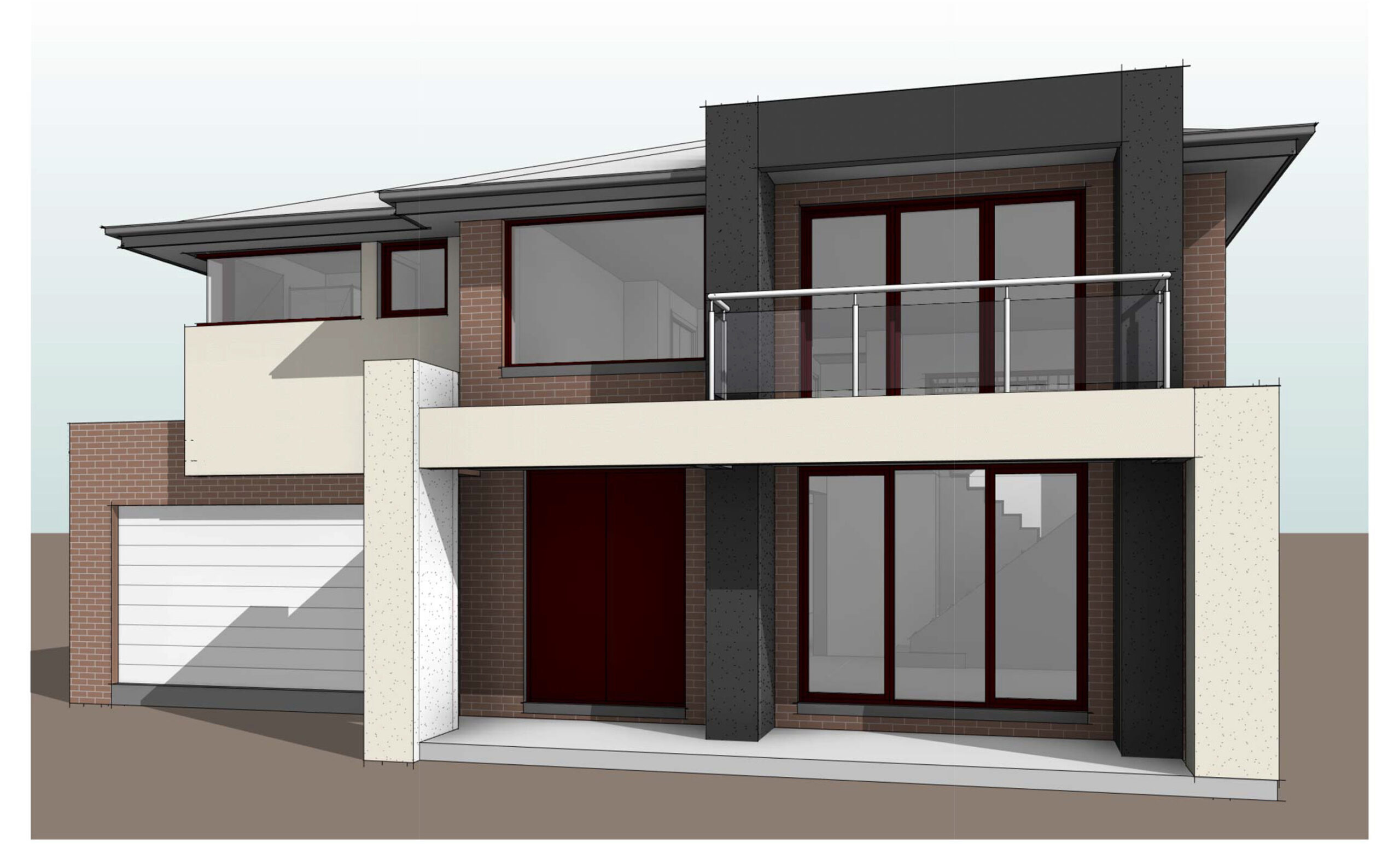Outsourcing CAD Services for Product Design and Manufacturing
Posted on : Nov 10, 2023
Introduction
In the dynamic landscape of product design and manufacturing, outsourcing CAD (Computer-Aided Design) services has become a strategic choice for businesses aiming to enhance efficiency and innovation. CAD services play a pivotal role in bringing concepts to reality, and outsourcing these services offers a range of benefits.
Benefits of Outsourcing CAD Services
Outsourcing CAD services comes with several advantages. Firstly, it offers cost-effectiveness as businesses can tap into a global talent pool without the overhead costs of maintaining an in-house CAD team. Access to specialized skills is another key benefit, enabling companies to leverage the expertise of professionals proficient in the latest design and manufacturing technologies. Additionally, outsourcing often results in faster turnaround times, crucial in the fast-paced world of product development.
Key CAD Services in Product Design and Manufacturing
CAD services encompass a variety of tasks crucial for product design and manufacturing. 3D modeling and rendering provide a visual representation of concepts, aiding in the design process. Prototyping and simulation allow for testing and refining designs before actual production, minimizing errors and reducing costs. Design optimization, another critical service, ensures that products are not only aesthetically pleasing but also functionally efficient.
Industry Trends in CAD Outsourcing
The landscape of CAD outsourcing is evolving, with notable trends shaping the industry. The adoption of cloud-based CAD solutions facilitates collaboration and data accessibility, while the integration of CAD with other technologies, such as virtual reality and artificial intelligence, enhances the overall design and manufacturing process.
Challenges in CAD Outsourcing
While the benefits are evident, challenges exist in the realm of CAD outsourcing. Data security concerns arise as sensitive design information is transferred across borders. Communication challenges, especially in a globalized outsourcing scenario, can lead to misunderstandings and delays. Quality control issues must also be addressed to ensure that outsourced CAD services meet the required standards.
Case Studies
Examining successful case studies provides valuable insights into the practical applications of CAD outsourcing in product design and manufacturing. Projects that seamlessly integrated outsourced CAD services showcase the potential for achieving complex designs and optimizing manufacturing processes. Learning from these cases can help businesses navigate challenges and make informed decisions about outsourcing partnerships.
Training and Skill Development in CAD
In a field as dynamic as CAD, continuous learning is imperative. CAD professionals must stay updated on the latest software and design trends to deliver high-quality services. Training programs that focus on the specific requirements of CAD outsourcing contribute to the skill development of professionals, ensuring they meet the demands of the industry.
Future Innovations in CAD Outsourcing
The future of CAD outsourcing holds exciting possibilities with the emergence of new technologies. Artificial intelligence and automation are expected to revolutionize CAD services, enhancing efficiency and reducing manual intervention. As CAD evolves, businesses that embrace these innovations will likely gain a competitive edge in product design and manufacturing.
Considerations for Choosing CAD Service Providers
Selecting the right CAD service provider is crucial for the success of outsourcing endeavors. Reputation and experience are key indicators of a provider’s reliability. Technical capabilities and infrastructure, including the use of the latest software and hardware, should align with project requirements. Additionally, robust data security measures must be in place to protect sensitive design information.
Client Perspectives on CAD Outsourcing
Understanding the perspectives of clients who have outsourced CAD services provides valuable insights. Factors such as communication, project management, and the ability to meet deadlines play a significant role in client satisfaction. Examining these perspectives helps businesses tailor their outsourcing strategies to meet the specific needs of clients.
The Human Element in CAD Outsourcing
While technology drives many advancements in CAD outsourcing, the human element remains indispensable. Effective communication and collaboration between clients and outsourced CAD professionals are crucial for project success. Balancing technology with human expertise ensures that the final product not only meets technical specifications but also aligns with the client’s vision.
Regulatory and Legal Implications in CAD Outsourcing
Cross-border collaborations in CAD outsourcing require adherence to diverse regulatory frameworks and legal standards. Businesses must navigate these complexities to ensure a seamless and legally sound working relationship with their outsourcing partners. Understanding the legal landscape is imperative for mitigating risks and maintaining ethical practices.
Environmental Considerations in CAD Outsourcing
As environmental sustainability gains prominence, CAD outsourcing is not exempt from considerations. Green practices in CAD design and manufacturing, such as using eco-friendly materials and optimizing energy consumption, contribute to sustainable product development. Businesses committed to environmental responsibility can integrate these practices into their CAD outsourcing strategies.
Conclusion
In conclusion, outsourcing CAD services for product design and manufacturing offers a strategic approach to meet the demands of a rapidly evolving industry. The benefits of cost-effectiveness, access to specialized skills, and faster turnaround times position CAD outsourcing as a key driver of innovation. As technology continues to shape the future of CAD, businesses that adapt to emerging trends and maintain a balance between technology and the human touch will thrive in the competitive landscape.




